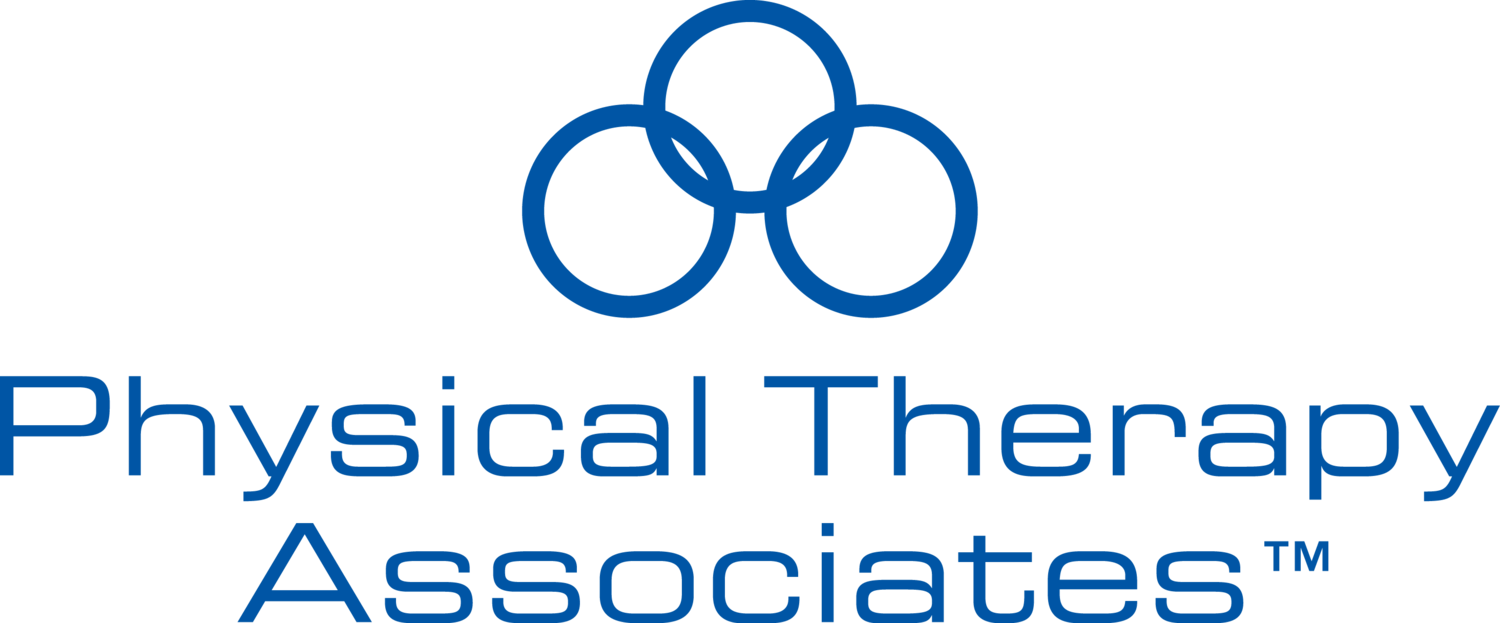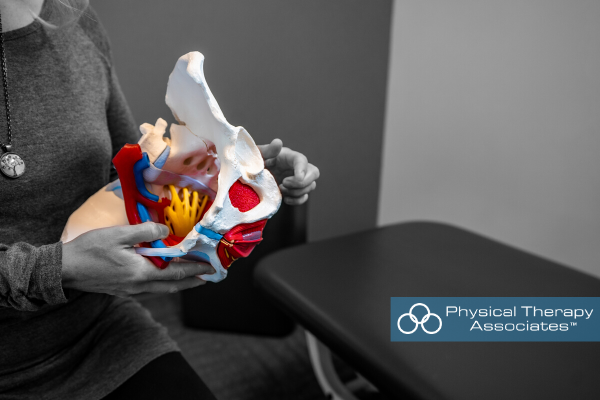Pelvic Health
PHysical Therapy
“You can do physical therapy for THAT??”
Yes! We are Physical Therapists who treat muscles, connective tissue and nerves in the body, including those in the pelvic floor. These tissues play an important role in urination and bowel movements, supporting your organs, intercourse, and birthing a baby. Pelvic floor dysfunction can also contribute to hip and low back pain. Here are some things to expect in your first appointment (or two):
A Conversation: We will discuss your concerns, your bowel and bladder habits, sexual health, day-to-day activities and anything else that pertains to your situation.
An Assessment: After getting all the details, the therapist will perform an assessment which typically includes the following:
· Looking at your posture and pelvic alignment
· Checking your abdominal wall for tenderness/trigger points
· Assessing for things like diastasis recti/abdominal separation or a cesarean scar
· An assessment of the low back and hips
· An internal pelvic floor muscle assessment to check strength, tone, tension and pain
The Internal Assessment (with your consent!): We assess the pelvic floor through the vaginal entrance. This is NOT a gynecological pelvic exam requiring stirrups or a speculum. You are lying comfortably on your back with pillows for support and should only take a few minutes. This is how we assess the strength, tone, endurance and tension of the pelvic floor muscles. If you would prefer to wait until a future session or opt out of the internal portion entirely that is just fine.
Education: At the end of your session we typically spend time on education, answer your questions and make a plan of where to start. You will be given homework in the form of stretches, strengthening exercises, breath work, or a habit journal. We’ll also discuss a treatment plan and next steps.
Services
Pelvic Health
Urinary leakage
Urinary urgency or frequency
Constipation
Pelvic pain (dyspareunia, vulvodynia, vaginismus, pudendal neuralgia)
Painful sex
Sacroiliac joint or pubic bone pain
Tailbone pain
Pelvic organ prolapse
Endometriosis or menstrual discomfort
Pregnancy
Sacroiliac joint or pubic bone pain (SPD)
Low back pain or hip pain
Urinary leakage
Constipation
Pelvic organ prolapse
Diastasis Recti/Abdominal wall muscle separation
Pelvic floor muscle/core strengthening
Preparation for vaginal or cesarean birth or VBAC
Postpartum
Urinary leakage
Constipation, Hemorrhoids
Recovery from vaginal or cesarean birth
Diastasis Recti/Abdominal wall muscle separation
Return to exercise
Return to intercourse
Low back or hip pain
Pelvic organ prolapse
Pelvic floor muscle and core strengthening
Common Conditions Defined
Urinary Incontinence
Urinary incontinence is any unwanted leakage of urine. It can be categorized as either stress or urge incontinence. Stress incontinence is typically experienced as leakage with activities like coughing, sneezing, running, or jumping. Urge incontinence is sometimes referred to as an overactive bladder and often manifests as a feeling of not being able to hold it or “I gotta go now!”. It is also possible to have a combination of stress and urge incontinence. Both types can be treated by improving strength, mobility and/or coordination of the pelvic floor muscles.
Pelvic Pain
Pelvic pain is any pain felt in the lower abdomen, pelvis, or perineum (the space between your urinary/reproductive orifices and the anus). Pain can range from aching to burning, may come and go, or persist. Causes of pelvic pain are also diverse. An assessment would help reveal if the problems arises from pelvic joint dysfunction, muscle imbalance, or trigger points in the abdomen, hips or pelvic floor, and/or pressure on nerves in the pelvis. Pelvic pain can also be related to scar tissue following an abdominal or pelvic surgery. If your pelvic pain is not of a musculoskeletal origin, you will be referred back to your physician for the appropriate medical management.
The Role of Physical Therapy in Pelvic Health
Physical therapists are experts in the musculoskeletal system and human movement. Our pelvic health therapists specialize in the muscles of the pelvic floor and can help you improve control and performance of those muscles and their influence on conditions such as incontinence and pelvic pain. You will learn about how the respiratory diaphragm, pelvic floor and abdominal muscles work together to support your urinary/reproductive organs and how dysfunction in that system can contribute to back, hip, or pelvic pain. We will assist you in developing strategies to improve daily habits which may have contributed to your symptoms. You will learn exercises to reduce the intensity and frequency of your symptoms and your physical therapist may offer hands-on techniques to improve muscle performance or provide feedback. Other treatment strategies may include biofeedback, postural training, trigger point release, and core strengthening. A typical course of physical therapy treatment ranges significantly from patient to patient, but averages to between 8 and 12 visits over several weeks.
Meet Our Pelvic Health Physical Therapists



